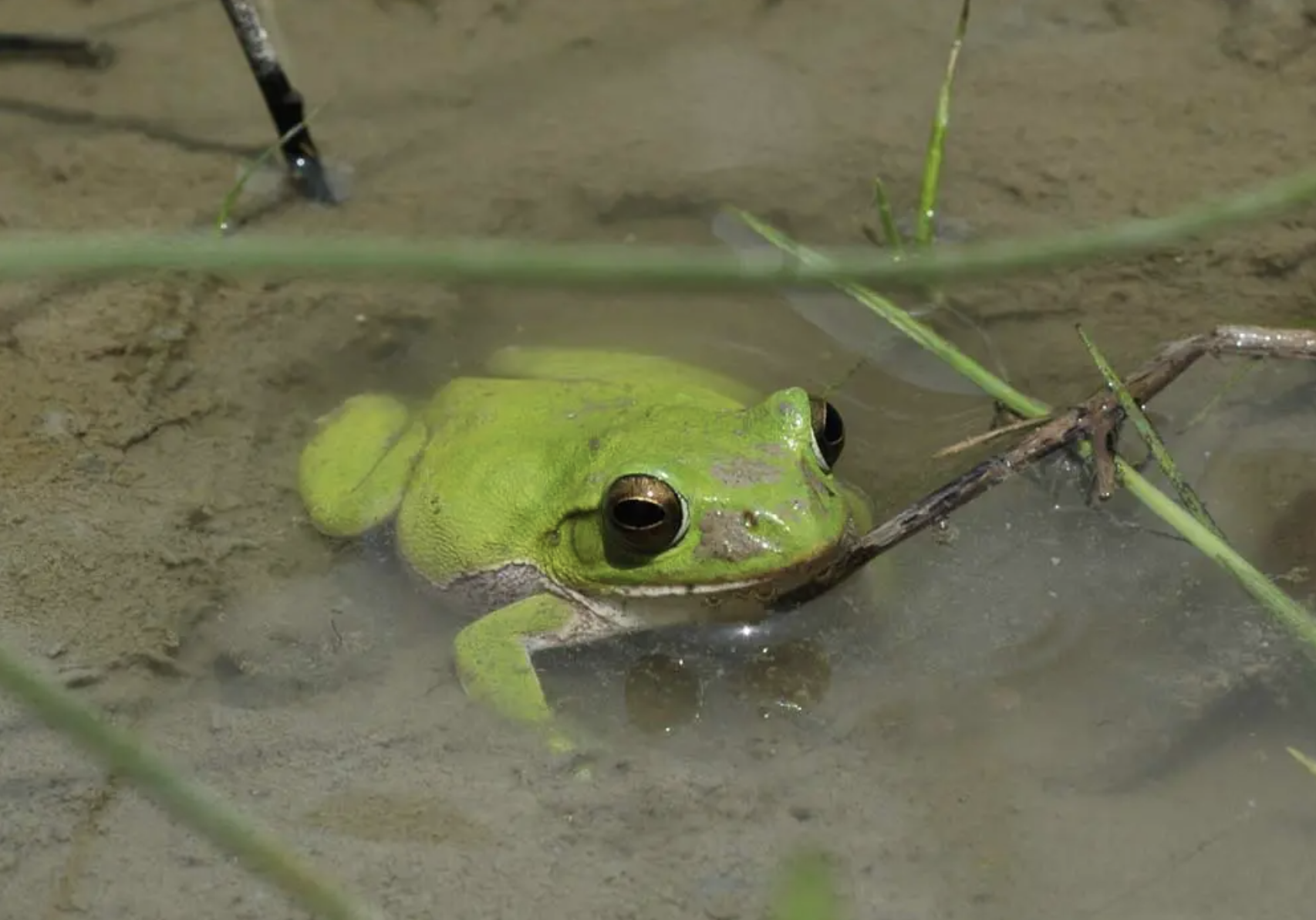Microseason: Frogs Begin to Sing
SUMMER
SUMMER RISES
FROGS BEGIN TO SING
5 - 9 May
It's the first of Summer and frogs begin to sing. As temperatures rise, rice paddies and country meadows fill with the resonant chorus of frogs, their voices marking the full emergence of the season. These early calls signal more than a shift in weather. They announce the beginning of the agricultural cycle. The fields, now flooded in preparation for rice planting, become home once more to frogs awakened from hibernation. Drawn to the water, they lay their eggs in shallow areas.
Frogs’ ecological and symbolic resonance extends deeply into language. Kaeru is a homonym for "to return”. Small frog charms are carried as amulets. Their likeness wishes for the safe homecomings of people and of goodness. Proverbs such as “the child of a frog is a frog” or “a frog in a well knows not the great ocean” reflect themes of inheritance and limitation. In the Edo period, frogs appeared in satirical form in the famous pictured storied scrolls of Chōjū Jinbutsu Giga found in Kōzan Temple in Kyoto. Frogs are seen wrestling, carrying goods, and performing rites alongside hares and monkeys. A playful reflection of human society.
The character for frog reflects this long-standing cultural attention to sound. The insect radical is combined with the sound "kè". In Japan we identify an array of frog sounds from kèk-kè to ko-ro-ro. More often than not, frogs are heard, far before they are seen. In classical Japanese poetry, frogs are most often evoked not by sight but by voice. The term kawazu, a poetic word for frog, appears frequently as an auditory emblem of early Summer. Male frogs call to attract mates, ward off rivals, and assert territory. Recent studies reveal that their calls are carefully staggered to avoid overlap, creating a kind of natural round. Not unlike the overlapping refrains of the classical children's song Kaeru no Uta.
However, in urban and suburban settings far from paddies or wetlands, their songs may be fading from memory. In Japan, many native frog species are increasingly vulnerable. Among those facing significant conservation challenges are:
Ishikawa's Frog: Endemic to Okinawa Island, this species is threatened by habitat destruction and pollution.
Amami Tip-nosed Frog: Found only on Amami Island, it is endangered due to habitat loss and the encroachment of invasive species.
Japanese Tree Frog: While once common, this species faces threats from habitat degradation and climate change.
Shuregeru Tree Frog: This beloved species, recognized for its bright green skin and clear, ringing call, is now classified as endangered in some regions due to declining populations.
The fragility of these frogs, along with their poignant cultural and ecological roles, reminds us of the delicate balance of Japan’s natural heritage and the urgent need for conservation efforts.
Photo credit: Sunshine Aquarium

